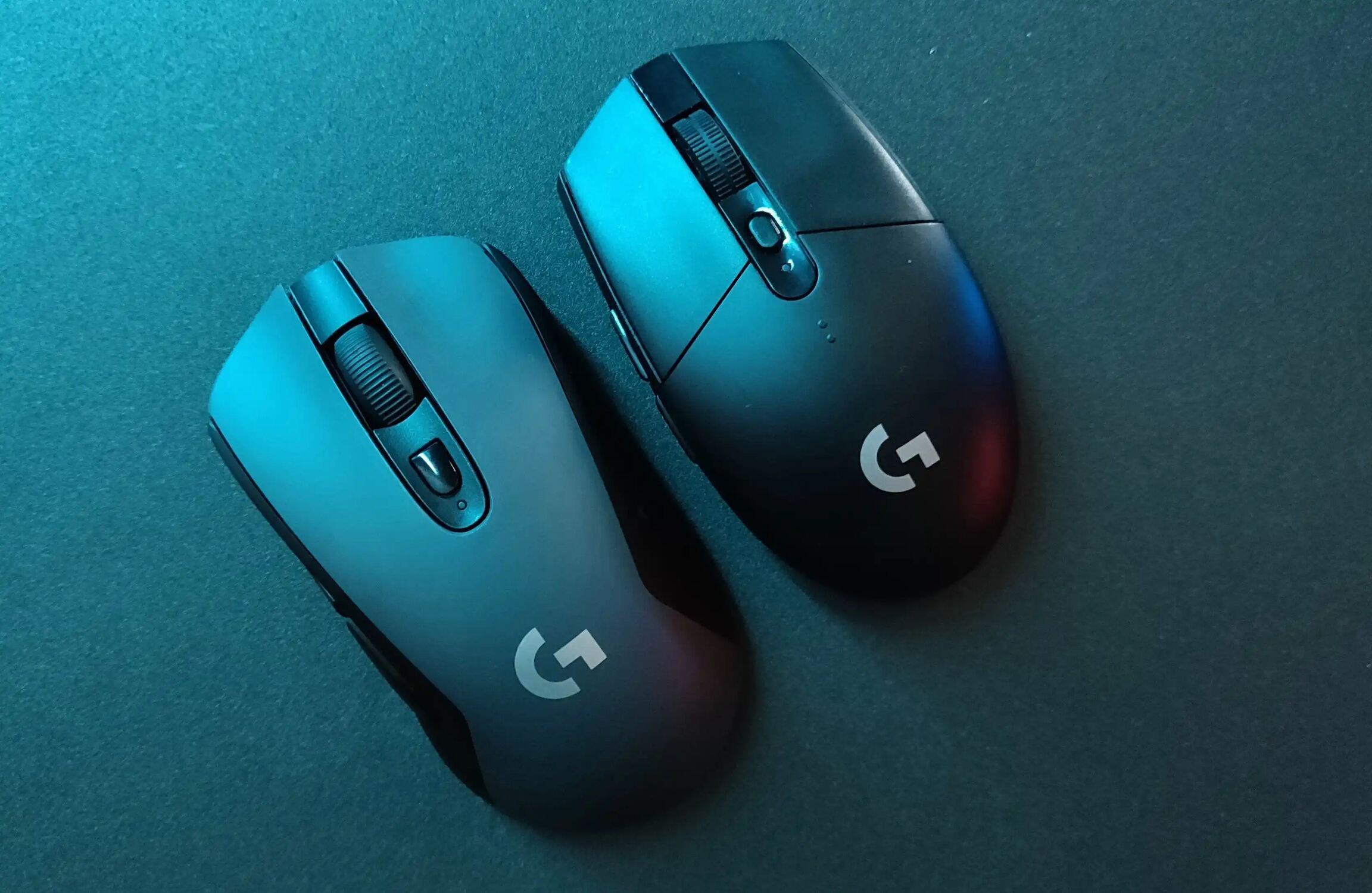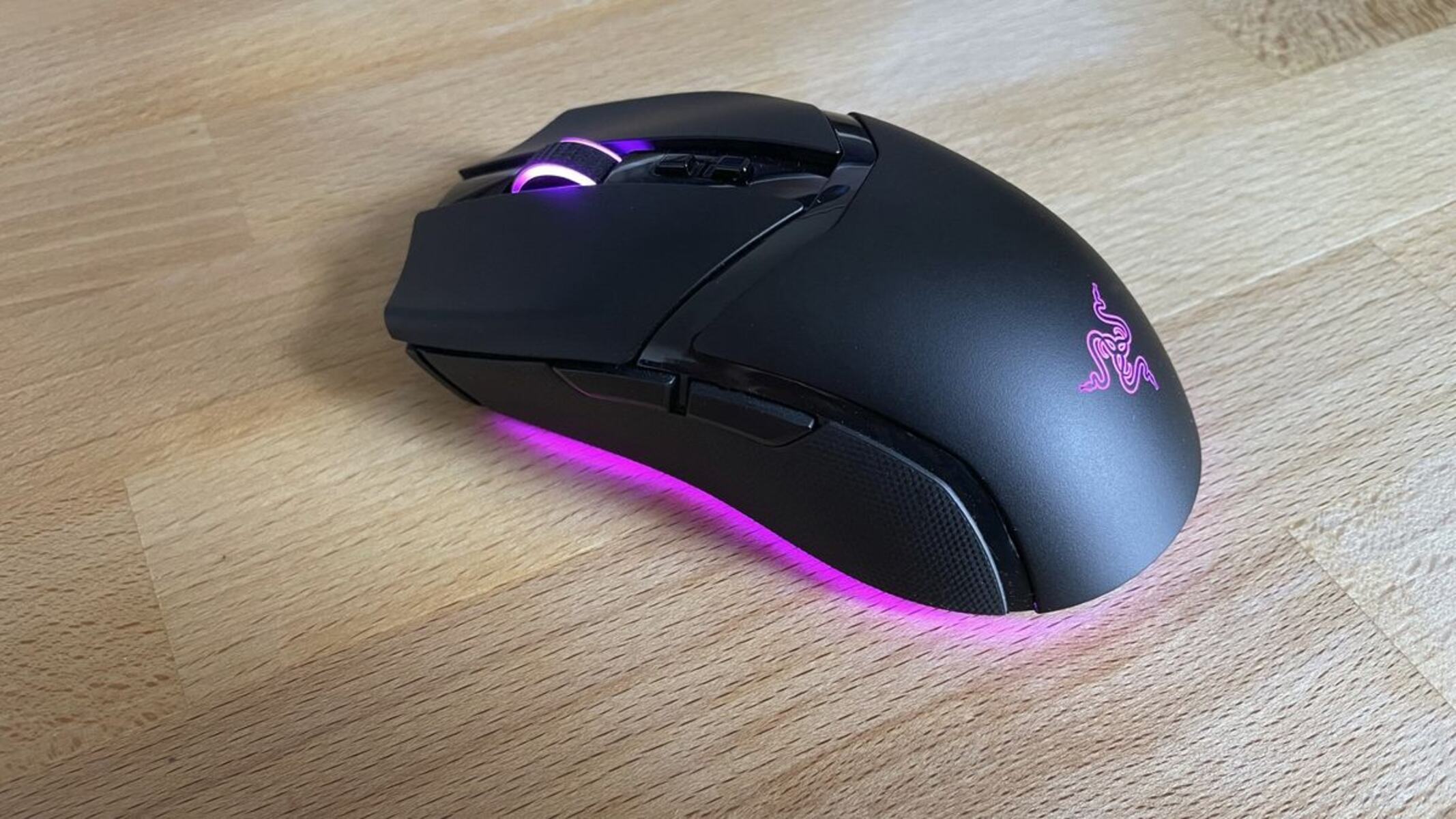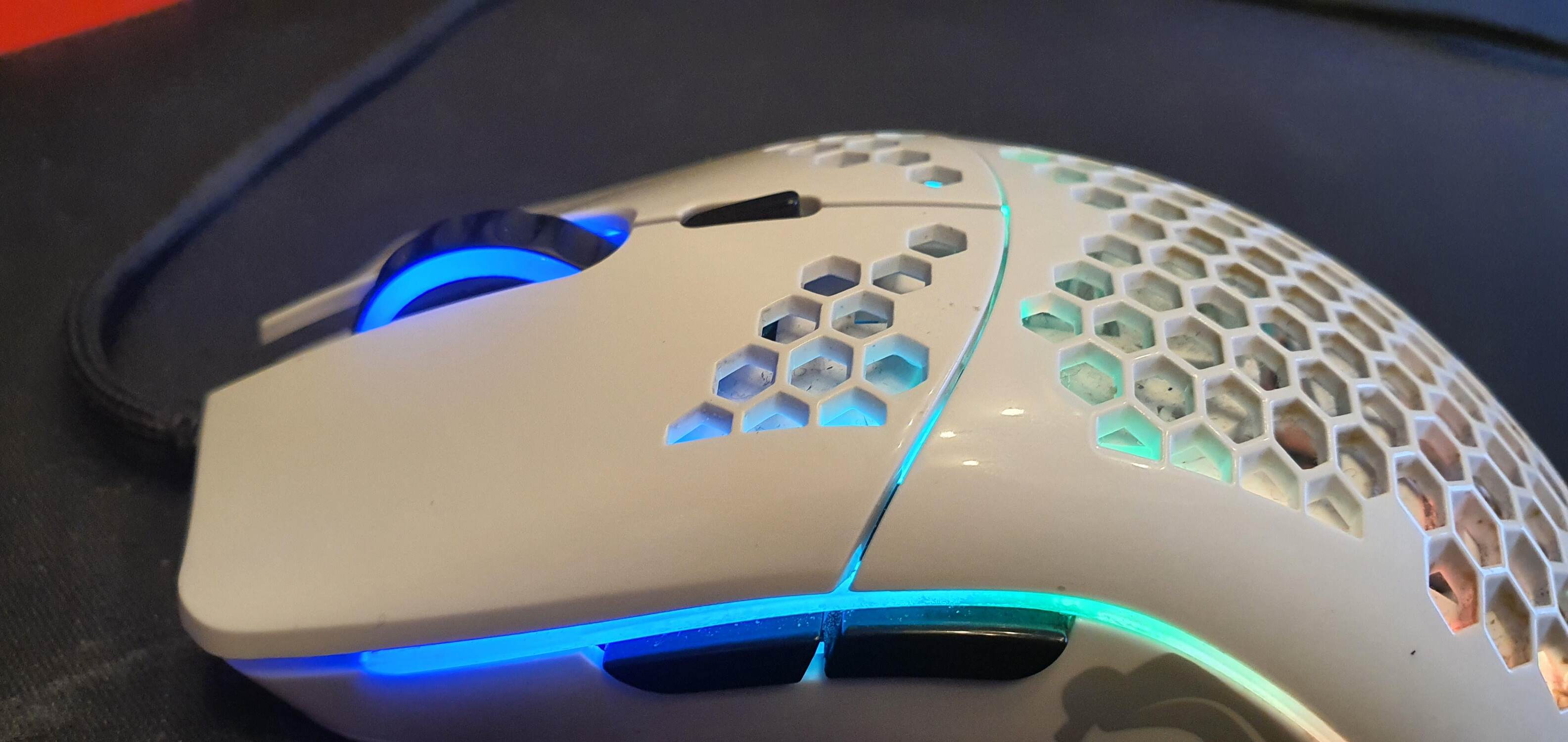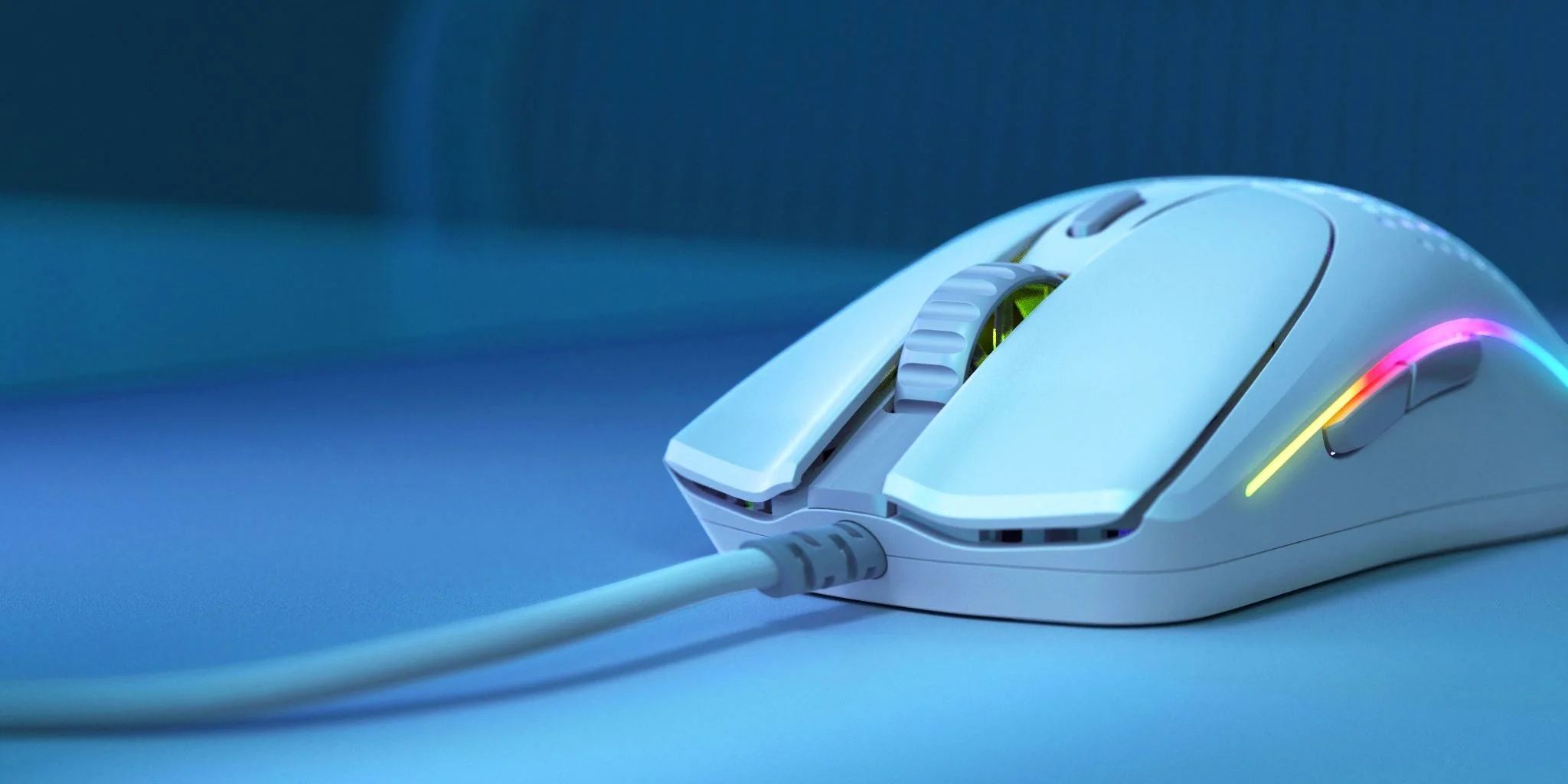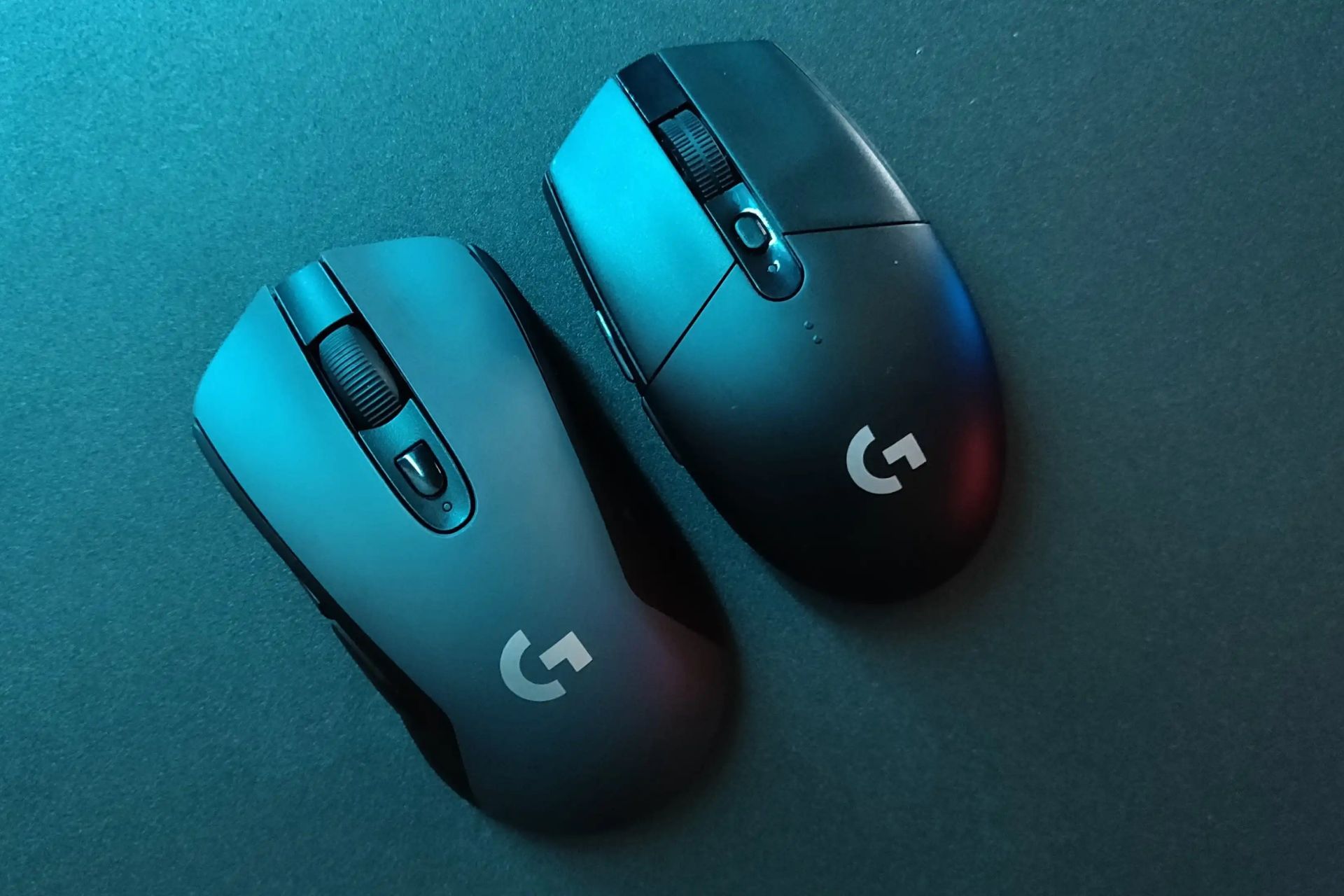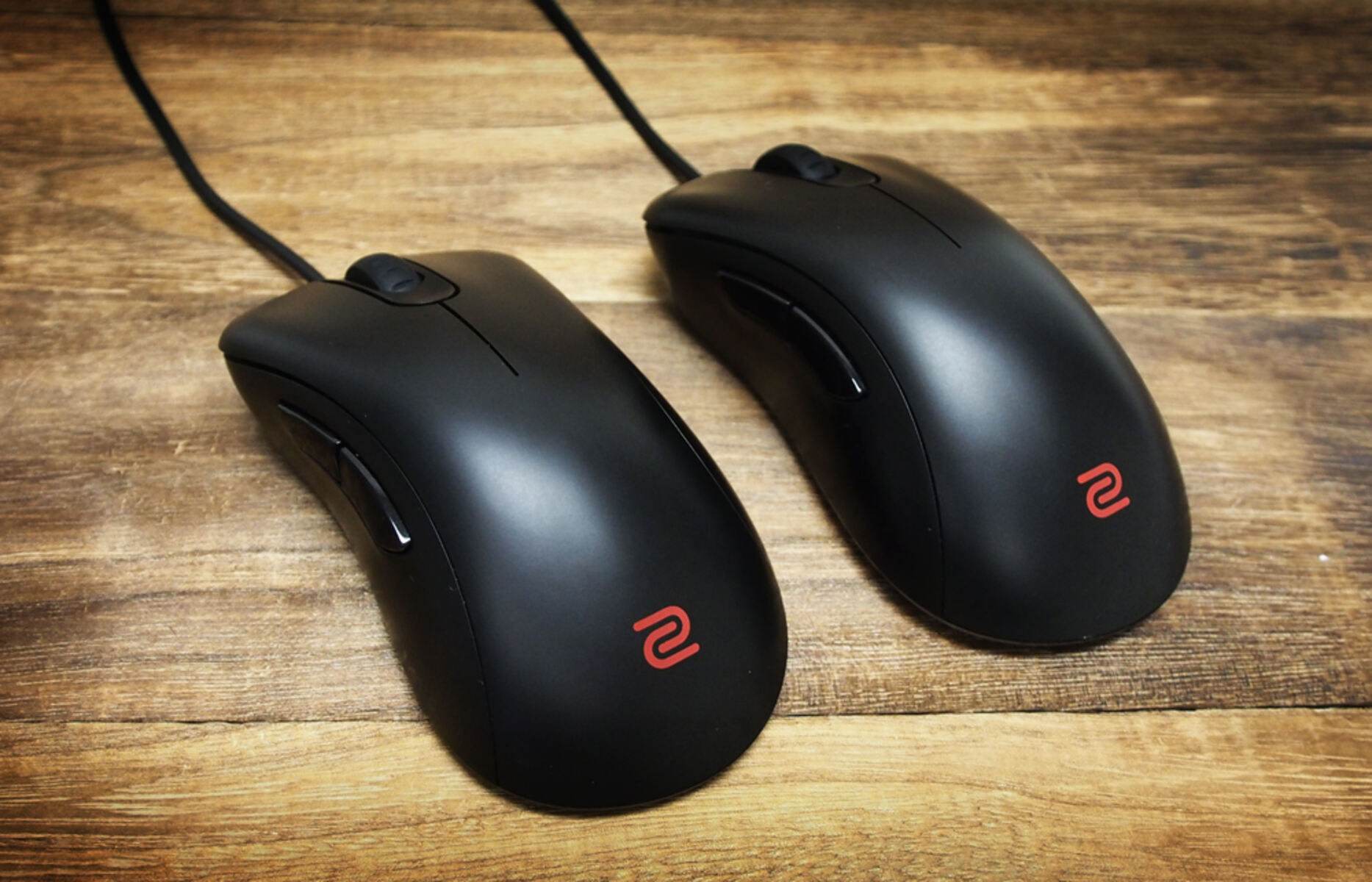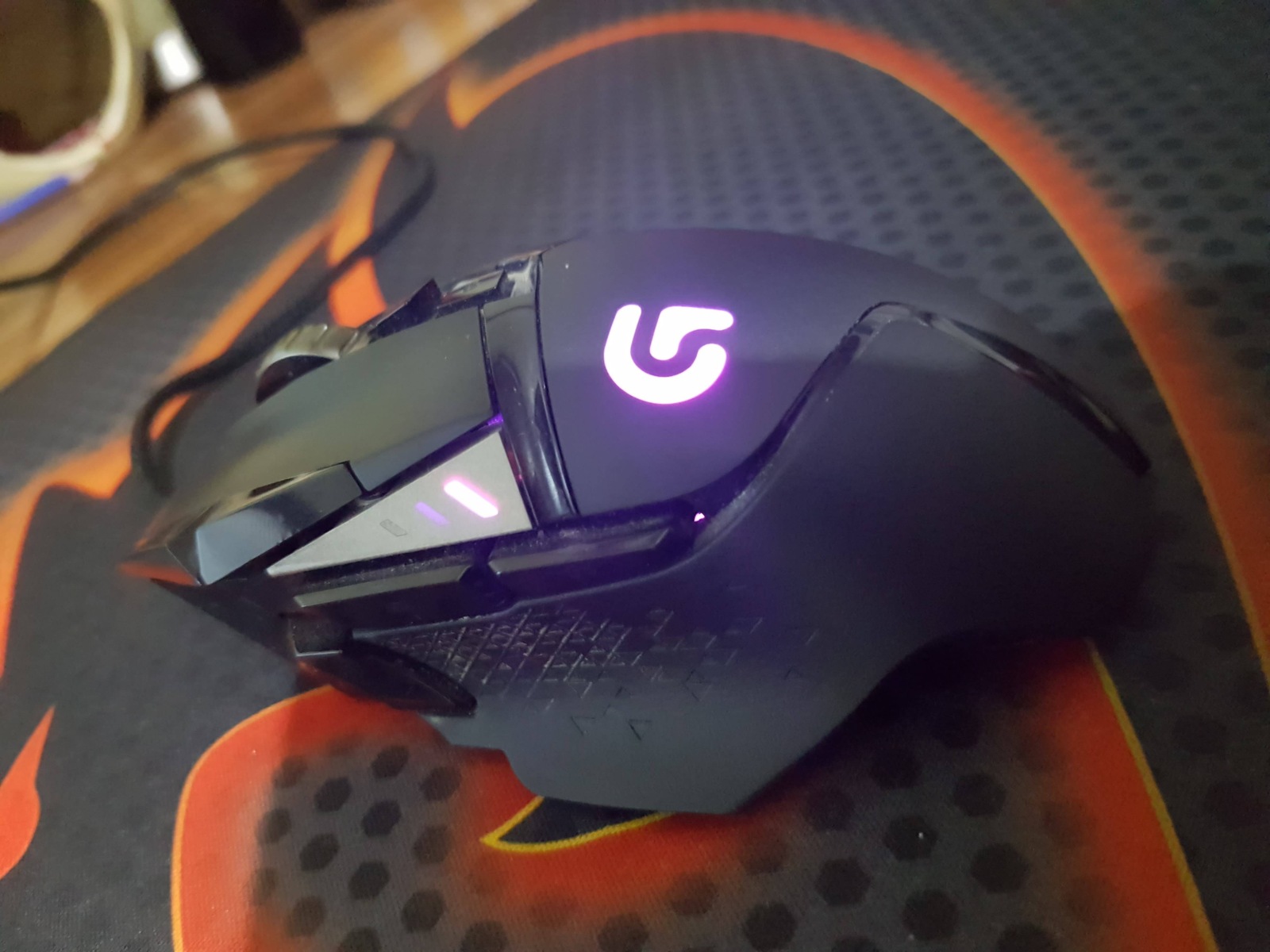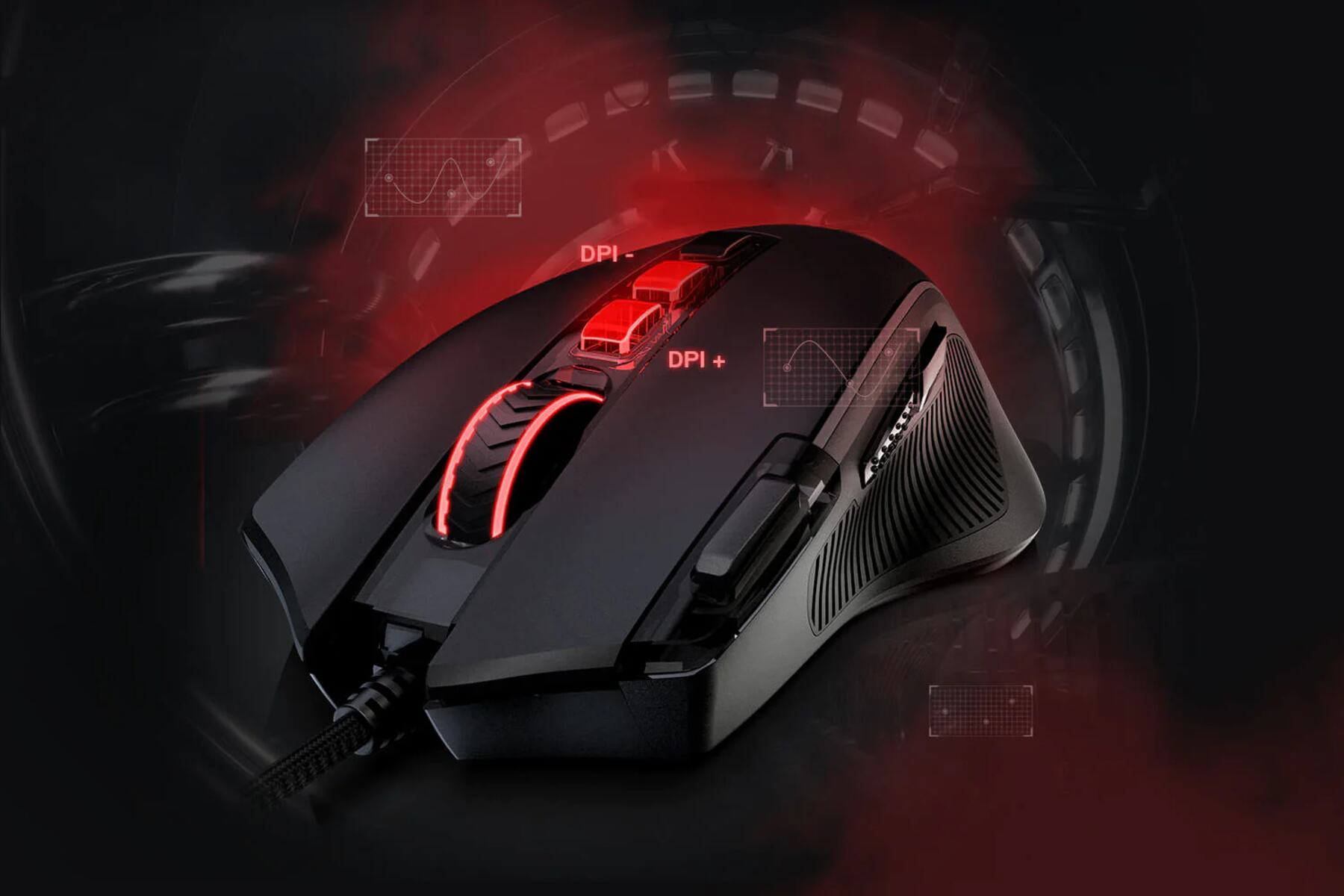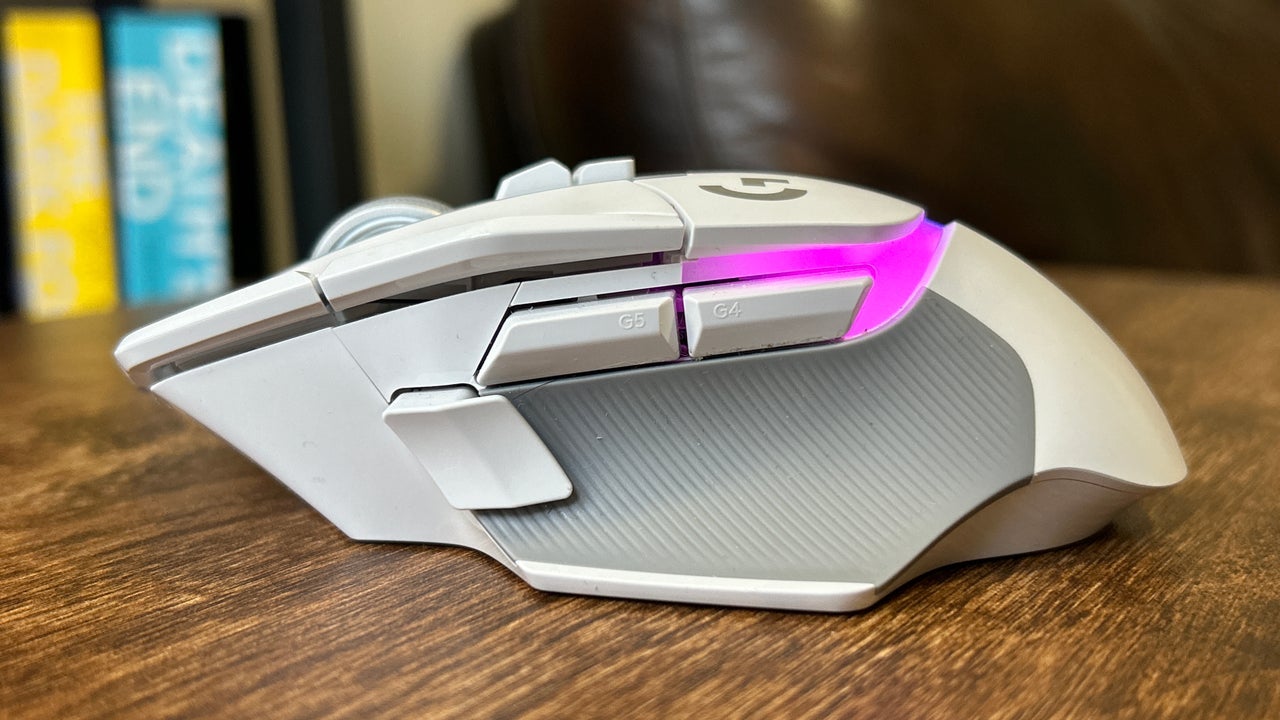Introduction
Welcome to the world of gaming, where precision and control are paramount. One of the key elements that can significantly impact your gaming experience is the DPI (Dots Per Inch) setting on your gaming mouse. In this guide, we will delve into the intricacies of DPI and explore the process of lowering it to enhance your gaming performance.
Whether you are a seasoned gamer or just starting out, understanding DPI and its effects is crucial. DPI refers to the sensitivity of your mouse, determining how far the cursor moves in response to physical movement. A higher DPI setting means the cursor will cover more screen distance with less physical movement, while a lower DPI setting requires more physical movement for the same on-screen result.
As we venture into the realm of DPI adjustment, it's important to note that lowering DPI can offer several benefits. By reducing the sensitivity of your mouse, you can achieve greater precision and accuracy in your movements, especially in games that demand fine-tuned control and steady aim. Lowering the DPI can also help minimize overcorrection and erratic cursor movements, providing a more stable and controlled gaming experience.
In this comprehensive guide, we will explore the various methods of adjusting DPI, including software-based configurations and on-mouse adjustments. Additionally, we will discuss the importance of testing and fine-tuning your settings to ensure optimal performance.
So, whether you're aiming for pixel-perfect accuracy in first-person shooters or seeking smoother control in real-time strategy games, mastering the art of lowering DPI on your gaming mouse is a crucial step toward enhancing your gaming prowess. Let's embark on this journey to unlock the full potential of your gaming experience.
What is DPI and Why Lower It?
DPI, or Dots Per Inch, is a measurement of the sensitivity of a mouse, indicating how many pixels the cursor will move on the screen for each inch the mouse is physically moved. This setting directly impacts the speed and responsiveness of the mouse, influencing the precision and control that a gamer has over their in-game movements. Understanding DPI is crucial for gamers seeking to optimize their gaming experience.
Lowering the DPI on a gaming mouse offers several advantages, particularly in the realm of precision and accuracy. By decreasing the sensitivity of the mouse, gamers can achieve finer control over their movements, resulting in more accurate targeting, smoother cursor movements, and reduced chances of overcorrection. This is especially beneficial in genres such as first-person shooters, where precise aiming is essential for success.
Moreover, lowering the DPI can contribute to a more consistent and stable gaming experience. It can help reduce the occurrence of erratic cursor movements, which often result from high mouse sensitivity, thus minimizing distractions and allowing gamers to maintain focus on their gameplay. Additionally, a lower DPI setting can enhance the overall comfort of mouse usage, as it reduces the need for rapid and extensive physical movements, which can lead to fatigue and discomfort during extended gaming sessions.
Furthermore, lowering DPI can be advantageous for gamers seeking to improve their muscle memory and develop more refined motor skills. With a lower sensitivity setting, gamers are encouraged to make deliberate and controlled movements, which can contribute to the development of muscle memory for precise in-game actions. This can lead to enhanced consistency and accuracy in gameplay, ultimately resulting in improved performance and a more satisfying gaming experience.
By understanding the significance of DPI and the benefits of lowering it, gamers can make informed decisions regarding their mouse settings, leading to enhanced precision, comfort, and overall gaming proficiency.
How to Lower DPI on Gaming Mouse
Lowering the DPI on a gaming mouse involves a combination of software-based adjustments and on-mouse settings to achieve the desired sensitivity level. By following these steps, gamers can fine-tune their mouse to suit their preferences and optimize their gaming performance.
- Research and Understand Your Mouse: Before adjusting the DPI, it’s essential to research and understand the capabilities of your gaming mouse. Different models may have varying methods for DPI adjustment, and some may offer additional customization features through dedicated software.
- Accessing Mouse Configuration Software: Many gaming mice come with proprietary software that allows users to customize various settings, including DPI. Install the manufacturer’s software and familiarize yourself with the interface to access the DPI adjustment options.
- Adjusting DPI in Software: Within the mouse configuration software, locate the DPI settings and adjust them to lower values. Some software may allow users to set different DPI levels for specific profiles, enabling seamless transitions between gaming genres or applications.
- Testing and Fine-Tuning: After lowering the DPI in the software, it’s crucial to test the new sensitivity settings in various games or applications. This testing phase allows gamers to assess the impact of the DPI adjustments on their control and precision, facilitating further fine-tuning to achieve the ideal sensitivity level.
- Adjusting DPI on the Mouse: In addition to software-based adjustments, many gaming mice feature physical buttons or switches that allow users to change the DPI directly on the mouse. Refer to the manufacturer’s instructions to locate and utilize these controls effectively.
- Testing and Fine-Tuning: Once the on-mouse DPI adjustments are made, conduct further testing in gaming scenarios to evaluate the impact of the physical DPI changes. This iterative process of testing and fine-tuning is essential for achieving the optimal sensitivity level that aligns with your gaming preferences.
By combining software-based DPI adjustments with on-mouse settings and thorough testing, gamers can effectively lower the DPI on their gaming mouse to enhance precision, control, and overall gaming experience.
Adjusting DPI in Software
Many gaming mice are accompanied by dedicated software that provides users with a range of customization options, including DPI adjustment. This software serves as a powerful tool for gamers to fine-tune their mouse sensitivity to align with their gaming preferences. The process of adjusting DPI in software typically involves the following steps:
- Installation and Configuration: Begin by installing the manufacturer’s software for your gaming mouse. Once installed, launch the software and connect your mouse to access the customization features.
- Locating DPI Settings: Within the software interface, navigate to the section dedicated to DPI settings. Depending on the software, this section may be labeled as “DPI settings,” “Sensitivity,” or a similar term. Familiarize yourself with the layout and options available for DPI adjustment.
- Adjusting DPI Levels: The software typically allows users to set specific DPI levels or create custom DPI profiles. Adjust the DPI values to lower settings that align with your desired sensitivity. Some software may offer the flexibility to assign different DPI levels to specific gaming profiles, enabling seamless transitions between gaming genres or applications.
- Customization Options: In addition to basic DPI adjustments, the software may offer advanced customization options, such as angle snapping, acceleration, and polling rate settings. Experiment with these features to further tailor the mouse’s behavior to your gaming style and preferences.
- Profile Management: Gaming mouse software often supports the creation and management of multiple profiles, allowing users to save and switch between different settings for various gaming scenarios. Utilize this feature to create dedicated profiles for different games or applications, each with optimized DPI configurations.
Once the DPI adjustments are made in the software, it is crucial to thoroughly test the new settings in gaming environments to evaluate their impact on control and precision. This testing phase enables gamers to fine-tune the DPI levels further, ensuring that the mouse sensitivity aligns seamlessly with their gaming requirements.
By leveraging the customization capabilities offered by gaming mouse software, gamers can precisely adjust the DPI settings to achieve enhanced precision, control, and comfort, ultimately elevating their gaming performance to new heights.
Adjusting DPI on the Mouse
In addition to software-based DPI adjustments, many gaming mice are equipped with physical controls that allow users to directly modify the DPI settings on the mouse itself. This on-mouse adjustment feature provides a convenient and efficient way for gamers to fine-tune the sensitivity of their mouse without the need to access software interfaces. The process of adjusting DPI on the mouse typically involves the following steps:
- Locating DPI Controls: Familiarize yourself with the physical layout of your gaming mouse to identify the DPI adjustment controls. These controls may manifest as dedicated buttons, switches, or dials specifically designed to change the DPI setting.
- Understanding DPI Modes: Some gaming mice offer multiple DPI modes, allowing users to cycle through preset sensitivity levels using the on-mouse controls. Each mode represents a distinct DPI setting, providing flexibility for gamers to quickly adapt to different gaming scenarios.
- Adjusting DPI Levels: Utilize the designated controls on the mouse to lower the DPI setting to your preferred sensitivity level. Depending on the mouse’s design, this may involve pressing buttons to cycle through preset DPI modes or using a dial to smoothly adjust the sensitivity.
- Feedback and Indicators: Many gaming mice provide visual or tactile feedback to indicate the current DPI setting or mode. This feedback can be in the form of LED indicators, on-screen notifications (if supported by the mouse software), or distinct tactile responses when switching between DPI modes.
- Combining Software and On-Mouse Adjustments: For comprehensive customization, gamers can combine on-mouse DPI adjustments with software-based configurations. By integrating both methods, users can create a tailored DPI experience that seamlessly aligns with their gaming preferences.
Once the on-mouse DPI adjustments are made, it is essential to test the new sensitivity settings in various gaming scenarios to evaluate their impact on control and precision. This testing phase allows gamers to fine-tune the DPI levels further, ensuring that the mouse sensitivity is optimized to deliver an exceptional gaming experience.
By leveraging the intuitive on-mouse DPI adjustment capabilities, gamers can swiftly and effectively modify the sensitivity of their gaming mouse, empowering them to achieve precise control and enhanced performance across a diverse range of gaming genres.
Testing and Fine-Tuning
After adjusting the DPI settings, thorough testing and fine-tuning are essential steps to ensure that the modified sensitivity levels align with your gaming requirements. This process allows gamers to evaluate the impact of the DPI adjustments on control, precision, and overall comfort during gameplay, facilitating the optimization of the gaming mouse’s performance.
Testing in Gaming Scenarios: Begin by testing the adjusted DPI settings in a variety of gaming scenarios representative of your typical gameplay. This may include fast-paced first-person shooter matches, strategy games requiring precise cursor control, or any other genres that showcase the diverse demands on mouse sensitivity.
Assessing Precision and Control: During testing, pay close attention to the precision and control offered by the modified DPI settings. Evaluate your ability to perform accurate aiming, smooth cursor movements, and consistent control across different in-game situations. This assessment provides valuable insights into the effectiveness of the DPI adjustments.
Comfort and Fatigue: Consider the physical comfort and fatigue levels associated with the adjusted DPI settings. Lowering the DPI can reduce the need for rapid and extensive physical movements, potentially enhancing comfort during extended gaming sessions. Assess how the modified sensitivity impacts your hand movements and overall comfort while gaming.
Iterative Fine-Tuning: Based on the testing observations, make iterative adjustments to the DPI settings to further refine the sensitivity levels. Incrementally modify the DPI values to address any areas where precision, control, or comfort may require optimization, aiming to achieve an ideal balance that enhances your gaming experience.
Utilizing Feedback and Analytics: Some gaming mouse software provides feedback and analytics related to mouse usage, including tracking movement patterns and highlighting areas for potential improvement. Leverage this data to gain deeper insights into your mouse behavior and identify opportunities for fine-tuning the DPI settings.
By actively engaging in testing and fine-tuning, gamers can iteratively refine the DPI settings to achieve optimal precision, control, and comfort tailored to their unique gaming style and preferences. This iterative approach empowers gamers to unlock the full potential of their gaming mouse, ultimately enhancing their overall gaming performance and enjoyment.
Conclusion
Lowering the DPI on a gaming mouse is a pivotal step in enhancing precision, control, and overall gaming performance. By understanding the significance of DPI and the benefits of adjusting sensitivity levels, gamers can optimize their mouse settings to align seamlessly with their gaming preferences and requirements.
Throughout this guide, we have explored the multifaceted process of lowering DPI on a gaming mouse, encompassing both software-based adjustments and on-mouse settings. By leveraging dedicated mouse configuration software, users can precisely tailor the DPI settings to achieve their desired sensitivity levels, while on-mouse controls provide a convenient and intuitive means for swift adjustments during gameplay.
Thorough testing and fine-tuning play a pivotal role in the DPI adjustment process, enabling gamers to evaluate the impact of modified sensitivity levels on precision, control, and comfort. Through iterative testing and incremental adjustments, users can refine the DPI settings to achieve an ideal balance that enhances their gaming experience across a diverse range of gaming genres.
Lowering the DPI on a gaming mouse empowers gamers to achieve finer control, smoother cursor movements, and reduced chances of overcorrection, ultimately contributing to a more consistent and stable gaming experience. Additionally, optimizing the DPI settings can lead to improved muscle memory, enhanced performance, and heightened satisfaction during gameplay.
As you embark on the journey of lowering DPI on your gaming mouse, remember that the process is dynamic and iterative, with the potential for continual refinement based on your gaming experiences. By actively engaging in the customization and fine-tuning of DPI settings, you can unlock the full potential of your gaming mouse, leading to elevated precision, control, and comfort that align seamlessly with your gaming prowess.
Embrace the art of DPI adjustment, and let your gaming mouse become an extension of your gaming skill, offering a heightened level of precision and control that propels you toward gaming excellence.







